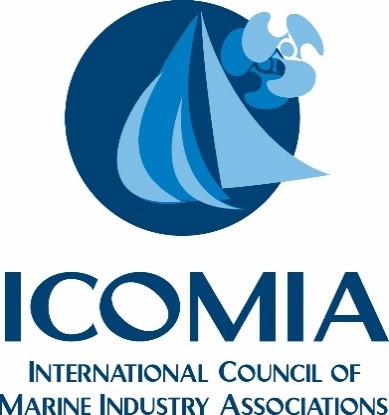Exhaust emissions and noise emission levels by directive 2003/44/EC
RRG Categorie: Environment
Boat Licensing and Skippers Certificates Design, Construction and Compliance Requirements of Boats and Components Environment Health & Safety/Exposure Levels Marinas and Harbours Operating Limits Product Liability Registration Regulations for charter boats Safety Equipment Taxation Zero Emission Zones
Czech Republic – Environment
Denmark – Environment
Ban on anti fouling with TBT. Rules for release of copper from anti fouling. Ban on anti fouling with biocides postponed until 2012. On all boats built after 2000 with a fixed toilet, holding tank and possibility for collection from the deck are mandatory. This also applies to boats built after 1980 AND longer than 10.5 m AND wider than 2.8 m. Ban on emptying these tanks within 12 nm of the coast. For other boats ban on using seatoilets within 2 nm af the coast. Ban on emptying ALL toilets in marinas and harbours.
Belgium – Environment
All EU states and Norway apply EU Directive 2003/44/EC from 1 January 2005 which imposes new limits for exhaust and sound emissions limits. This limits will be further reduced in the coming years.
Germany – Environment
For new boats cruising the Baltic Sea retension sytems are mandatory since 1.1.2003. Ban of using seatoilets within 12 nm according the Baltic Convention. Boats already put into service have to be equipped with retention systems since 1.1.2005. Exceptions:boats below 11,50 m length or 3,80 m beam or put into service before 1.1.1980
New Zealand – Environment
Sewage disposal and holding tank regulations apply. Other environmental regulations apply.
Turkey – Environment
Sewage disposal forbidden in marinas and harbours. After Dec,31 2011 The new regulations of rules on exhaust and sound emissions will be strictly applied, especialy on special rare locations to protect the Caretta Caretta. In southwest Aegean coast (Gocek, Marmaris,Bodrum, …. ) new sewage disposal rules apply. Diving is forbidden in quite a number of locations with antique cities.
Sweden – Environment
Baltic Strategy, Helcom Agreement, came into force on 1 January 2001. New legislation came into force on 1 October 2002 requiring all pleasure craft harbours to produce and publish a waste management plan. At a HELCOM meeting in January 2004 a preliminary decision was taken to grant exceptions for pleasure craft regarding emptying of toilet tanks and toilet retention systems. From April 1 2015 a total prohibition against black water emtying.
Netherlands – Environment
Legislation for black (toilet) water onboard is in force since 1-1-2009, written as “not allowed to discrage any black water from pleasure crafts”. The use of a certified treatment system will be able from 2019. Ban on copper based anti-foulings is no longer in force, however, biocide based antifouling is only allowed when the product is permitted by national authorities. Styrene limits are in line with EU directives. Legislation for limits on wood-dust emissions at industry, VOC in paint and also for welding exhaust emissions are in force.
Poland – Environment
Noise limits for outboard accordance with EU directive 2003/44/EC on noise and exhaust emission limits is in force. Ban of using seatoilets within 12 mm according the Baltic Convention.
Japan – Environment
① Under the Domestic Law, the boats and ships of less than 100 gross tons are required to discharge the bilge during navigation and after processing the oil to reduce its level to 15ppm or below.
② Under the International Convention for the Prevention of Pollution from Ships (MARPOL) Annex VI, the NOx emission regulation has been in force since May, 2005 for the diesel engines of which output is more than 130kW. ③The Japan Marine Industry Association (JMIA) established a self-regulation to reduce the marine engine exhaust gas in stages, which has been implemented from the 2000 models onward. The 2006 models cleared the 2006 target (equivalent to EPA 2006 regulatory value). The self-regulation will continue to be implemented till fiscal 2010. From the 2011 models onward, a secondary self-regulation on the marine engine exhaust gas (equivalent to EPA secondary regulatory value) will be implemented.
④ For PWC equipment noise, a self-regulation has been implemented in stages to reduce the acceleration noise since 1999 and a secondary self-regulation under ISO14509 Measurement Method will be in place in 2010. Illegal modification of the noise systems is checked and controlled during periodic inspections.
⑤ It is required that the leisure fishing boats of which capacity is 10-99 individuals be equipped with a holding tank as toilet bowl equipment in certain water areas,starting from 2000.
⑥ JMIA established an FRP vessel recycling system, started applying it in certain areas in 2005 and on a fully nationwide scale in fiscal 2008. But this recycle system is not mandated to boat owners.
